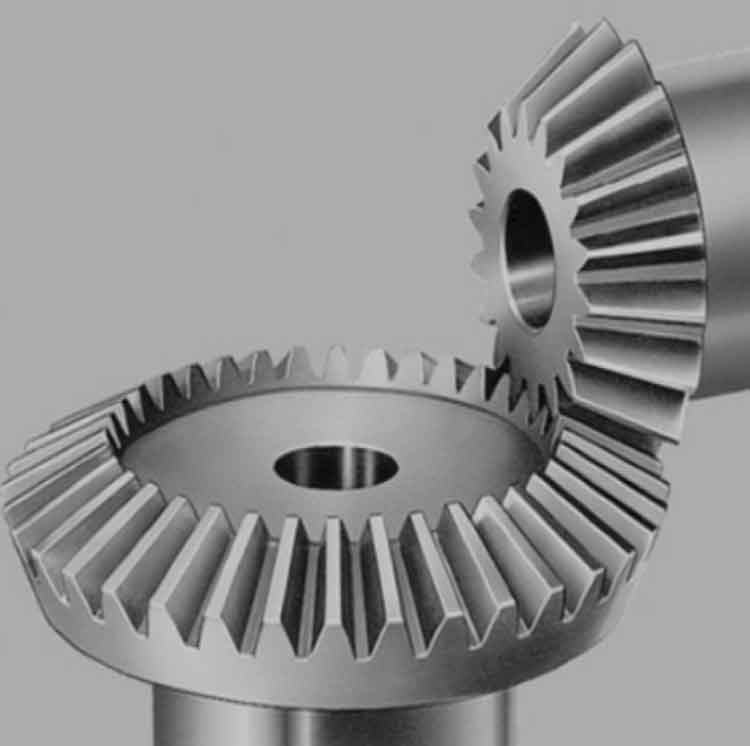Straight bevel gears play a crucial role in motion control systems by enabling smooth and controlled motion. These gears are designed with straight teeth that are cut along the surface of a cone-shaped gear. They are widely used in various applications, such as automotive transmissions, industrial machinery, robotics, and more.

Here are some key aspects of straight bevel gears and how they contribute to smooth and controlled motion in motion control systems:
- Power Transmission: Straight bevel gears transmit power between two intersecting shafts at a specific angle. They are capable of transmitting high torque and rotational motion with high efficiency. This makes them suitable for applications where precise and controlled motion is required.
- Meshing and Contact: The teeth of straight bevel gears mesh with each other smoothly and gradually. The contact between the teeth occurs along a line instead of a point, resulting in a larger contact area. This larger contact area improves load distribution and reduces stress concentrations, contributing to smoother and quieter operation.
- Precision and Accuracy: Straight bevel gears are manufactured with high precision to ensure accurate motion control. The teeth profiles are carefully designed and machined to minimize backlash, which is the undesirable play or movement between gear teeth. Low backlash helps in maintaining accurate positioning and responsiveness in motion control systems.
- Speed and Torque Control: By varying the gear ratio between the driving and driven gears, straight bevel gears allow control over the speed and torque of the system. This versatility enables different motion control requirements, such as increasing speed while reducing torque or vice versa. It provides flexibility in adapting the system to specific application needs.
- Durability and Reliability: Straight bevel gears are designed to withstand high loads and operate under demanding conditions. They are commonly made from materials such as steel or hardened alloys to ensure strength and durability. Proper lubrication and maintenance further enhance their reliability and lifespan.
- Compact Design: Straight bevel gears have a compact and space-saving design compared to other types of gears, such as worm gears or helical gears. Their simple geometry and efficient power transmission make them suitable for motion control systems with limited space.
- Noise Reduction: The design of straight bevel gears allows for smoother tooth engagement and gradual load sharing, resulting in reduced noise and vibration levels during operation. This is particularly important in applications where noise reduction is crucial, such as precision machinery or residential environments.
In summary, straight bevel gears are integral to motion control systems as they enable smooth and controlled motion. Their precise manufacturing, low backlash, power transmission capabilities, and compact design contribute to accurate positioning, reliable performance, and efficient operation.
